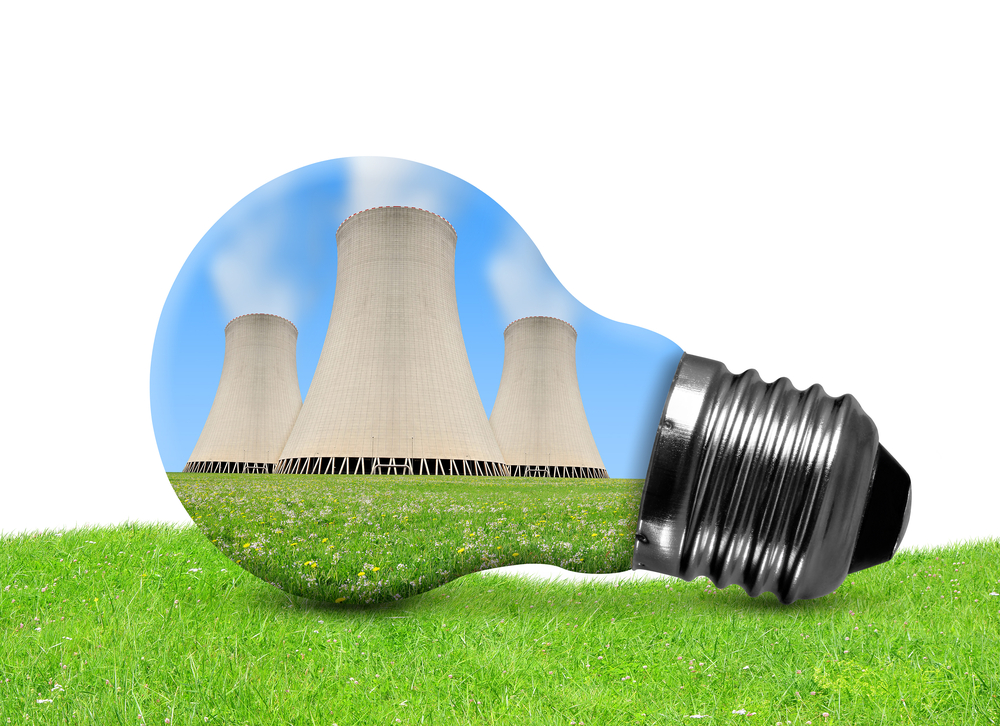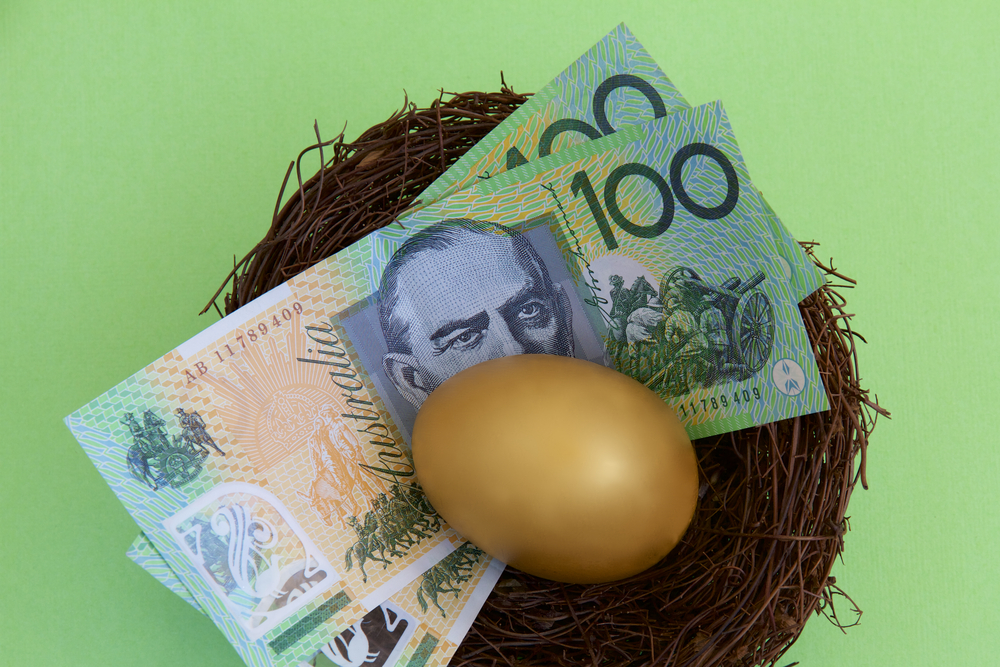Coalition plans to build multiple nuclear reactors would undermine local manufacturing, the prime minister warns, as the opposition faces calls within the party to scrap its net-zero pledge.
Opposition Leader Peter Dutton unveiled plans last week to build seven nuclear power plants across five states if the coalition wins the next election.
Should the proposal go ahead, it would be 10 to 12 years before the first reactor is built, with the remainder constructed from the 2040s.
Anthony Albanese continued his attacks against the nuclear plan in parliament, saying it would come at the risk of local jobs and a greater push towards renewables.
“Your plan will destroy jobs, your plan will lead to higher power prices, your plan will undermine manufacturing in this country,” the prime minister said on Tuesday.
“The economics tell you that the cheapest form of new energy is renewable and they also tell you that the most expensive form of new energy is nuclear reactors.
“Not a single bank, not a single financial institution will finance a nuclear reactor in Australia.”
A coalition MP has urged the opposition at a joint partyroom meeting to dump its target of net-zero by 2050.
A party spokesman said the comment wasn’t taken seriously because the party was committed to the target.
Nuclear was the right way to get there, the spokesman said.
Mr Dutton told the meeting the nuclear policy gave communities hope as a replacement industry.
But Tomas Kaberger, director of energy research at Sweden’s Chalmers University and a former head of the Swedish Energy Agency, which monitors the country’s nuclear and other power plants, says there is no certainty.
“If you are going to build anything in nuclear you have to learn about all the global failures,” Professor Kaberger told AAP.
“This would include where nuclear reactors have been delayed, budgets have been overrun and the real costs have been two or three times those estimated.”
He pointed to the V.C. Summer project in the US which was abandoned after costs spiralled.
Prof Kaberger noted the cost of solar and wind power generation has fallen by 90 per cent in recent years, while the cost of nuclear power generation has come down only slightly.
Detailed costings of the coalition’s plan will be released before the next federal election, which is due by May 2025, Nationals Leader David Littleproud has said.
Energy Minister Chris Bowen said regardless of the cost of the nuclear proposal, power bills were set to rise.
“This half-baked yellow-cake idea of the opposition falls apart every time it gets exposed to any scrutiny at all,” he told parliament.
“What we know from the opposition’s thought bubble is a few things. We don’t know the costs. We don’t know the modelling.”
Andrew Brown, Dominic Giannini and Aaron Sheldrick
(Australian Associated Press)





